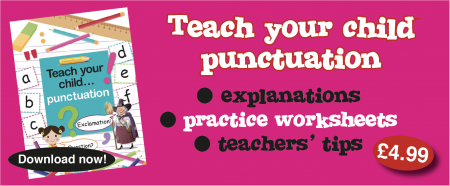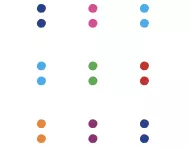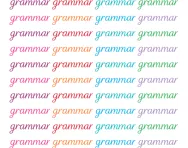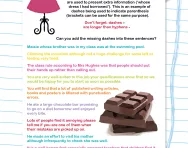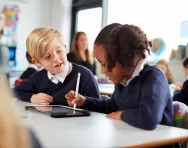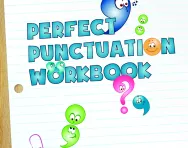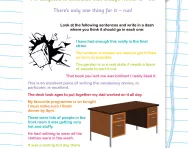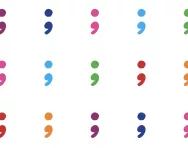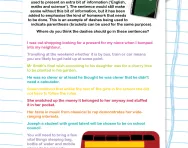TheSchoolRun.com closure date
As we informed you a few months ago, TheSchoolRun has had to make the difficult decision to close due to financial pressures and the company has now ceased trading. We had hoped to keep our content available through a partnership with another educational provider, but this provider has since withdrawn from the agreement.
As a result, we now have to permanently close TheSchoolRun.com. However, to give subscribers time to download any content they’d like to keep, we will keep the website open until 31st July 2025. After this date, the site will be taken down and there will be no further access to any resources. We strongly encourage you to download and save any resources you think you may want to use in the future.
In particular, we suggest downloading:
- Learning packs
- All the worksheets from the 11+ programme, if you are following this with your child
- Complete Learning Journey programmes (the packs below include all 40 worksheets for each programme)
You should already have received 16 primary school eBooks (worth £108.84) to download and keep. If you haven’t received these, please contact us at [email protected] before 31st July 2025, and we will send them to you.
We are very sorry that there is no way to continue offering access to resources and sincerely apologise for the inconvenience caused.
What is a dash?
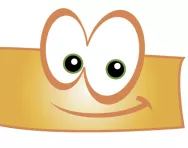
What is a dash?
A dash is a versatile punctuation mark that can be used within a sentence (instead of brackets or a colon) to show parenthesis.
A dash mustn't be confused with a hyphen, which is used to combine words together and is slightly shorter in length than a dash.
How are dashes used?
Dashes can be are used as an alternative to other punctuation marks to
- insert a break in a sentence to replace brackets, a colon or a semi-colon
- to extend a sentence and expand upon a previously-made point or clause
- to show subordinate or additional information within a sentence.
Here are dashes used to add information to the previous clause:
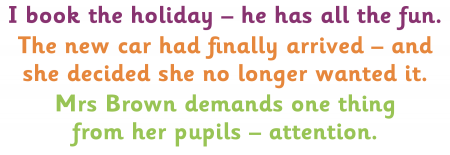
Here a dash is used in place of brackets:
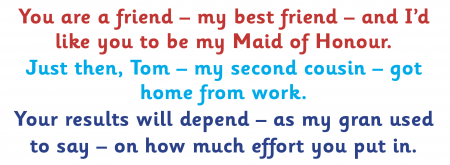
Along with its use in place of brackets and colons, a dash can be used when writing dialogue, for example to show that someone speaking has been interrupted.

Dashes can also be used to show repetition of a word or phrase for effect, and to separate repetitive phrases. For example:

How are dashes taught in the primary school classroom?
As with all new or unfamiliar punctuation, it is important for children to see dashes ‘in action’ in the books they are reading. Adventure or horror narratives are full of dashes!
Most teachers will introduce dashes first through the eyes of a reader, then a writer. They might ask children to explain why dashes are used, or what effect their use has on the reader. Children will then progress to incorporating them into their own writing.
When are dashes taught in primary school?
Dashes are taught in Upper Key Stage 2, most commonly Year 6, however some teachers may decide to teach their class dashes in Year 5 if they feel the class or a particular student is ready.
If taught in Year 5, children will most likely be expected to use dashes as an alternative to brackets. In Year 6, more emphasis will be placed upon using dashes in a more versatile way, to show repetition or interruption within speech.
Knowledge of dashes could also form part of the Key Stage 2 English Grammar, Punctuation and Spelling test that takes place when a child is in Year 6. Children may be asked a question like the example below:
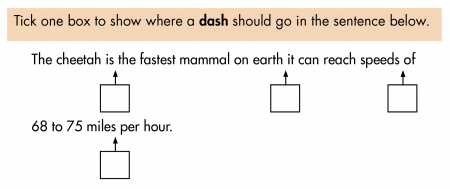
While there is no specific expectation for children to be able to use dashes within their writing to achieve age-related expectations, it is a requirement for greater depth writing.
